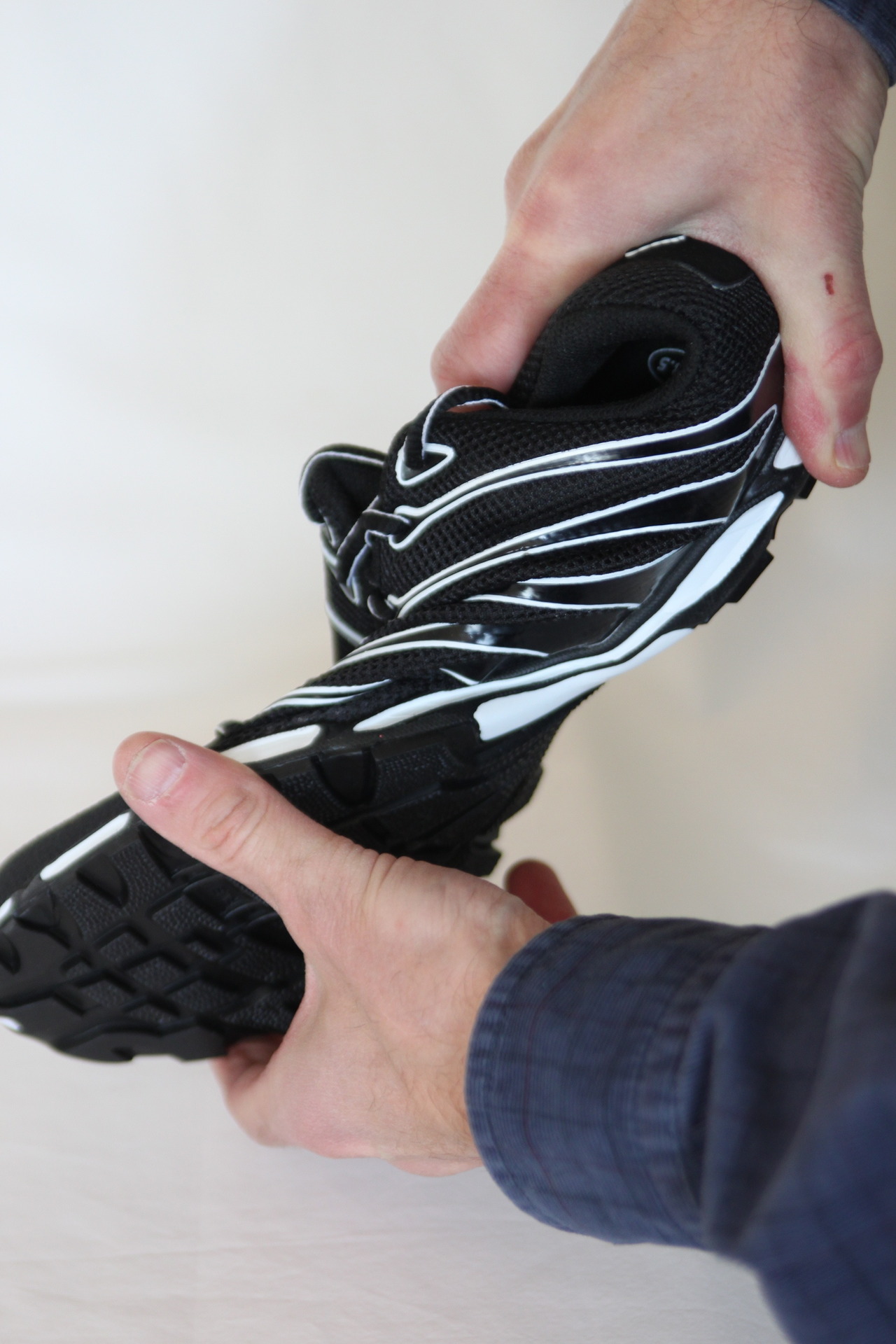Looks like Newbies are heel strikers
“Nearly all novice runners utilize a rearfoot strike when taking up running in a conventional running shoe. Hereby, the footstrike patterns among novice runners deviate from footstrike patterns among elite and sub-elite runners.”
please take some time to explore the links we put in, as they are germane to the post
The question begs, “Why?”
- do they believe running is merely an extension of walking, and just “speed up” the process?
- are they afraid of going too fast and are using the heel strike to “brake”?
- do they learn to strike differently with more experience? at least one paper eludes to “yes”
- is it “more comfortable” as this paper says it may be?
- If there is a rear foot strike, the foot is poised to be able to pronate to a greater degree. This theoretically means it (ie, the foot) can absorb more shock through this mechanism, although this seemingly contradicts the Lieberman study
This paper certainly had a nice cohort size (> 900 runners) so we can state, at least for this group, that this is not by chance. When there is a fore foot strike, the foot is more supinated and makes a seemingly “rigid lever”, does this mean there is less shock (perceived or actual) with this foot posture?
Lots of questions. This is only 1 part of the puzzle.
The Gait Guys. Sifting through the literature and giving you the beef
Gait Posture. 2012 Dec 29. pii: S0966-6362(12)00448-1. doi: 10.1016/j.gaitpost.2012.11.022. [Epub ahead of print]
Bertelsen ML, Jensen JF, Nielsen MH, Nielsen RO, Rasmussen S.
Aarhus University Hospital, Aalborg Hospital, Orthopaedic Surgery Research Unit, Science and Innovation Center, Aalborg DK-9000, Denmark. Electronic address: miclejber@gmail.com.
Abstract
INTRODUCTION:
It has been suggested that striking on the midfoot or forefoot, rather than the rearfoot, may lessen injury risk in the feet and lower limb. In previous studies, a disparity in distribution in footstrike patterns was found among elite-, sub-elite, and recreational runners.
PURPOSE:
The purpose of this study was to investigate the footstrike patterns among novice runners.
METHODS:
All runners were equipped with the same conventional running shoe. Participants were video filmed at 300 frames per second and the footstrike patterns were evaluated by two observers. The footstrike was classified as rearfoot, midfoot, forefoot, or asymmetrical.
RESULTS:
A total of 903 persons were evaluated. The percentages of rearfoot-, midfoot-, forefoot-, and asymmetrical footstrike among men were 96.9%, 0.4%, 0.9%, and 1.8%, respectively. Among women the percentages were 99.3%, 0%, 0%, and 0.7%, respectively.
CONCLUSION:
Nearly all novice runners utilize a rearfoot strike when taking up running in a conventional running shoe. Hereby, the footstrike patterns among novice runners deviate from footstrike patterns among elite and sub-elite runners.
Copyright © 2012 Elsevier B.V. All rights reserved.
PMID: 23280125 [PubMed - as supplied by publisher]
all material copyright 2013 The Gait Guys/The Homunculus group. Please don’t lift our stuff without asking and giving credit.



























